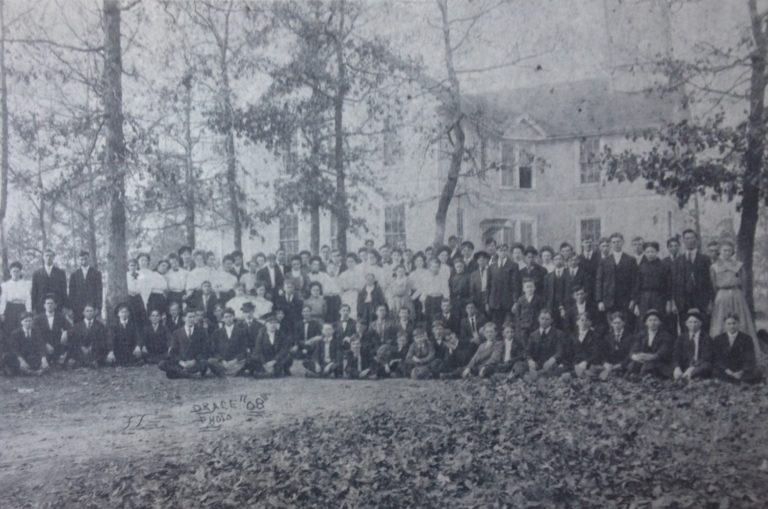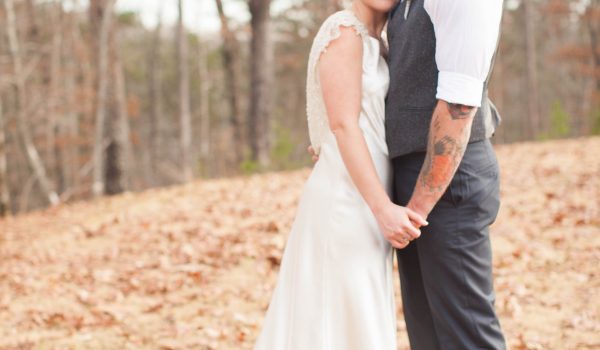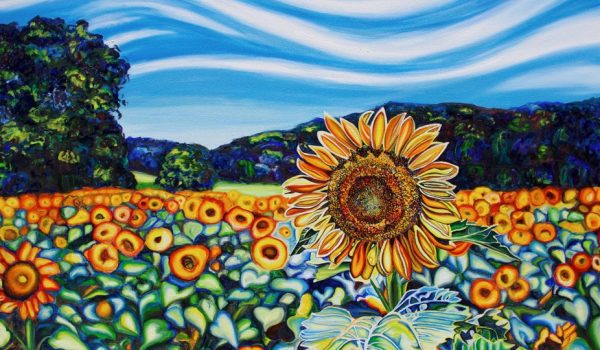It was like any other Wednesday night meeting at a Baptist church in the mountains of South Carolina, with a small, dedicated crowd gathered to discuss the usual of missions and budgets and prayer requests. That is, until John Ballenger raised his hand.
“A high school,” he said.
Ballenger asked his fellow members of the North Greenville Baptist Association to consider building a high school from the ground up, which would service the families of northern Greenville communities like Marietta and Travelers Rest.
A high school? It was quite the novel idea in 1891, at a time when there were only three high schools in the entire county of Greenville.
The room, no doubt, quieted in thought. Then one by one, or maybe all at once, the others piped in with their agreement.
A high school. Yes, they needed one. And like that, the wheels began to turn.
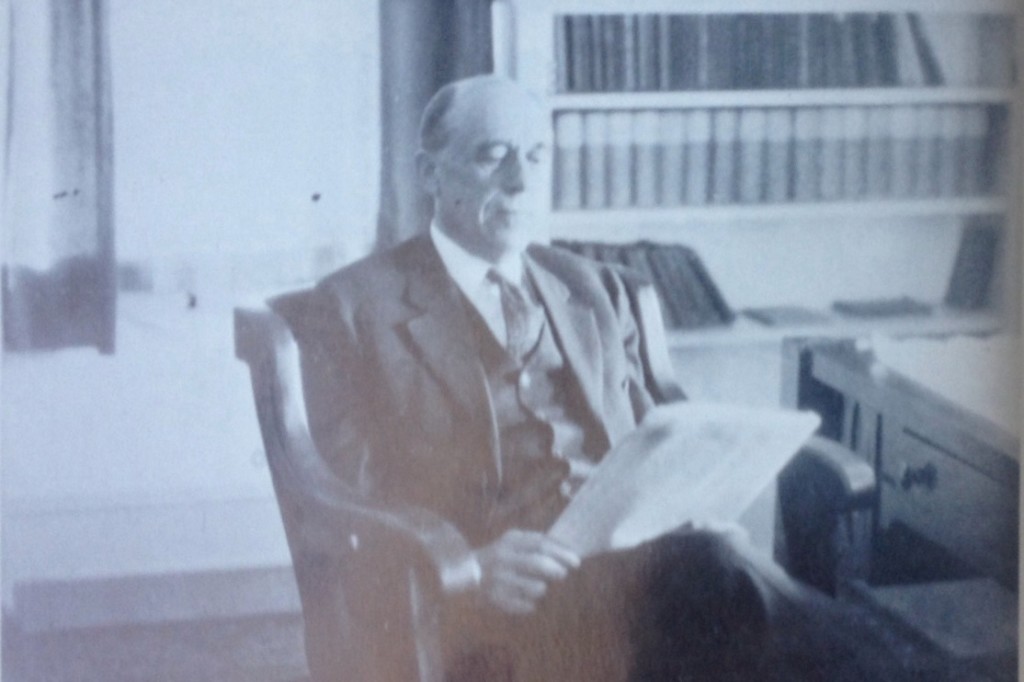
Less than a month later, the North Greenville Baptist Association — then comprised of 15 or so area churches — met altogether for its larger annual meeting. Naturally, the topic of a high school came up once again.
Historians tend to give credit to M.L. West — a doctor and minister who lived in Travelers Rest — for the association’s quick acceptance of this expensive and seemingly impossible venture. West gave quite a moving speech at that meeting on Oct. 14, 1891.
“As we value the happiness of our children for life and for eternity, let us rise in our might . . . and let us establish and maintain a high school within our borders that will be a blessing to our children and a monument of glory to the [North Greenville Baptist Association]. We can do this,” West urged. “Have we the moral courage to go forward?”
Move forward they did.
At that same meeting, they took the first few steps in developing the new institution. Benjamin Perry Robertson had, in fact, already created a draft of rules of government for the school. After he read those proposed rules, the association went ahead and appointed nine men who would help determine the location for the new school.
The school house alone would cost a total of $1,280. This sizable sum amounted to more than the combined annual salaries of every church pastor in the association!
Yet members of the churches, as well as the community, stepped in to provide both the funding and property needed for the project.
Consequently, within a year from that summer night when Ballenger first spoke up, the association had already erected a school building set on 10 acres of land in Tigerville, located about halfway between Glassy Mountain to the north and Paris Mountain to the south.
“The original building of three rooms stood on the knoll of the hill on the new campus, and the faculty consisted of Professor Hugh Brock (principal), Cancie Hill, and Pearl Power,” wrote historian Archie Vernon Huff, Jr.
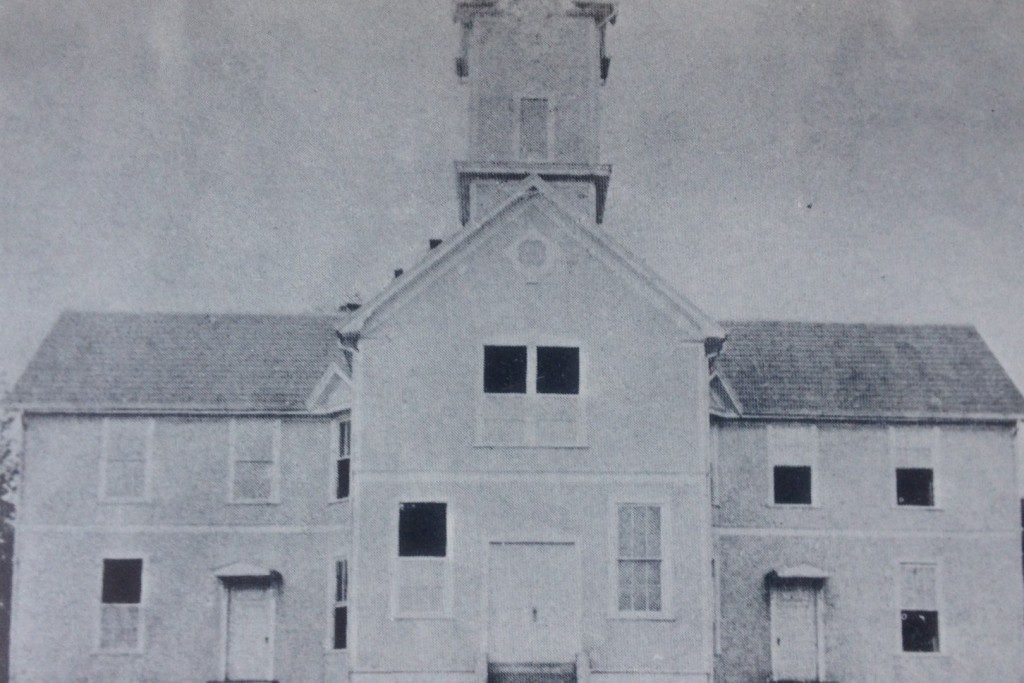
And on Jan. 16, 1893, North Greenville High School commenced its very first session, with a total of 80 students ranging from kindergartners up through teenagers.
“The school had three rooms, two porches, a piano, and a bell. I thought it was the grandest place I had ever seen, and it was,” said Jesse Bailey, a student who attended during that first year.
Early classes at the school included English, Latin, arithmetic, geography, music, and Bible. Principal Brock also led a weekly prayer meeting with the young boys of the school, many of whom went on to profess to be Christians.
Both the school’s patrons, its students, and the nearby community felt generally pleased with the new school in Tigerville. The Greenville News called it “the finest institution of learning in the county outside the city of Greenville.”
Not only did the school represent a major advancement in the educational sector of the notorious “Dark Corner” of South Carolina, but also a shift in the overall moral climate of the region, too.
“In the ‘Dark Corner’ of the northern county, where even sheriff’s deputies hesitated to penetrate, settlers eked out a living by farming and (more profitably) operating illegal stills along mountain streams,” wrote author and professor Judith Bainbridge. “The one bright spot was North Greenville High School in Tigerville.”
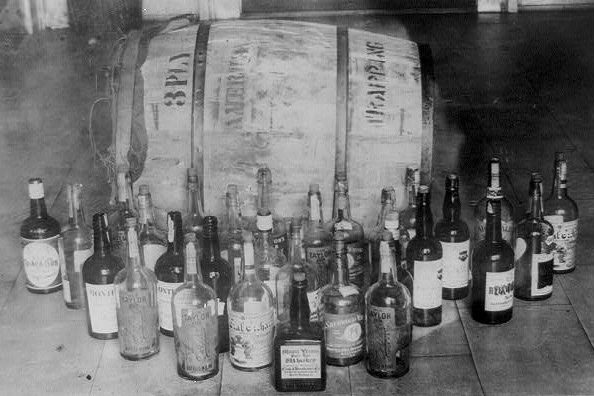
Indeed, the primarily Scottish and Irish immigrants who populated Glassy Mountain and the surrounding towns had earned quite the reputation for their moonshine-making, law-breaking tendencies.
Yet their motives went beyond rebellion for its own sake. Moonshine was equally about the money, and anyone who threatened that source of steady income became an enemy.
“Essentially, the failure of the United States to acknowledge the cultural and economic factors behind home distillation was the root cause of the most violent resistance. After outlawing the practice, the federal government failed to present the whiskey-producing population with a viable economic alternative,” wrote history professor Joshua Beau Blackwell. “In the minds of the inhabitants, the illegalization of a cultural activity older than its enforcing government was on par with outright persecution.”
But what both local and national governments failed to offer in the way of profitable alternatives to distilling, North Greenville High School helped make up for, at least for future generations of the communities in northern Greenville once known for bootlegging.
Or, as Travelers Rest resident M. L. West had mentioned back when the school was still just a thought in the minds of the North Greenville Baptist Association, a school offered the opportunity for their children to rise above their situation as “hewers of wood and drawers of water.”
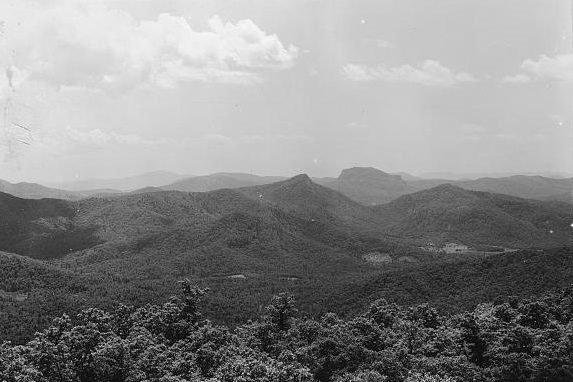
“We can have . . . a school of high grade equal to any in the country, in which our boys and girls may receive such an education as will fit them for any business in life, or to enter any of our colleges, should they desire to further pursue their studies,” West had declared, hopeful of the future school.
North Greenville High School’s students did, in fact, go on to attend colleges outside and within the state. And many became teachers themselves in Greenville County, according to a 1901 report issued by then-principal Oscar J. Peterson.
By the time North Greenville began raising funds for its first dormitory in 1902, twenty of its students (around 12% of the student population) helped teach in the summer schools.
The student body had grown to 200 by 1903, and so the school soon set out to add a new two-story main building.
The last class to meet in the original schoolhouse earned the nickname “The Class of Distinction,” because all five of the graduates in this class went on to graduate from college. All five of them also spent several years in the field of teaching after their time at North Greenville.
Some of the high school’s earliest students even returned to North Greenville later in life.
One example is Dr. E. Buford Crain, who graduated from the high school in 1908. After his subsequent graduation from Furman University and Southern Baptist Seminary, respectively, he began his career as a pastor in Greenville.
During that time, he served for more than 12 years on the Board of Trustees for North Greenville High School. Eventually, he even returned to Tigerville proper, where he pastored the school’s neighboring Tigerville Baptist Church until his retirement.
“In overcoming the power of darkness, North Greenville has done more good than all the revenue officers and sheriffs combined for a hundred years,” said Crain. “In instilling a love for Christ, it has changed the streams once used for whiskey into rivers of baptism.”
Sources
From These Roots: The Story of North Greenville Junior College, 1892-1967 by Henry Jacob Howard
Greenville: The History of the City and County in the South Carolina Piedmont by Archie Vernon Huff, Jr.
“Historical Sketch of North Greenville and Greer Baptist Association” by Chris DeWease
Historic Greenville: The Story of Greenville & Greenville County by Judith Bainbridge
History of North Greenville Junior College 1892-1967 by Jean Martin Flynn
Used to Be a Rough Place in Them Hills: Moonshine, the Dark Corner, and the New South by Joshua Beau Blackwell
(Image Credits: Children, Benjamin Perry Robertson, and school house — Public domain / History of North Greenville Junior College, presumably from North Greenville University Archives; Whiskey bottles and mountains — Library of Congress)

